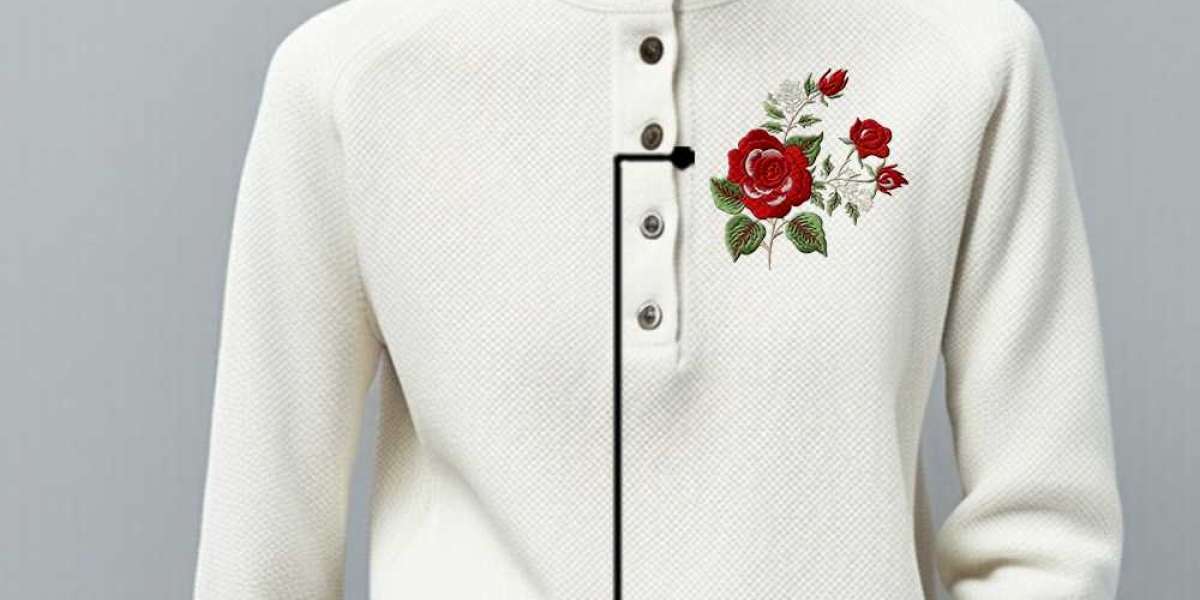Maintaining gym flooring tiles is crucial to ensure they remain in top condition, especially in high-traffic areas like home gyms. Proper care not only extends the lifespan of your tiles but also maintains a safe and hygienic workout environment. Here’s a comprehensive guide on how to maintain home gym floor tiles and floor gym tiles effectively.
Understanding Home Gym Floor Tiles
Home gym floor tiles come in various materials, including rubber, foam, vinyl, and cork. Each material has its unique properties and maintenance requirements. For instance, rubber tiles are durable and shock-absorbent, making them ideal for high-impact exercises. Foam tiles are soft and provide cushioning, which is perfect for yoga or stretching. Vinyl tiles are low-maintenance and resistant to moisture, while cork tiles are eco-friendly and provide a natural aesthetic.
Regular Cleaning Routine
**1. Daily Maintenance: For home gym floor tiles, a daily sweep with a soft-bristle broom or a vacuum cleaner with a gentle brush attachment is essential. This removes loose dirt, dust, and debris that can scratch or damage the surface.
**2. Weekly Cleaning: Weekly, you should mop the tiles with a mild detergent diluted in warm water. Avoid using harsh chemicals or abrasives as they can damage the tiles. For rubber and vinyl tiles, a mixture of mild soap and water is typically sufficient. Foam tiles, however, should be cleaned with a damp cloth and mild detergent, as excess moisture can lead to warping.
**3. Spot Cleaning: Immediately clean spills and stains to prevent them from setting. For most tile types, a damp cloth and a gentle cleaner will suffice. For stubborn stains, use a non-abrasive cleaner specific to the tile material.
Preventive Measures
**1. Use Mats and Rugs: Place mats or rugs in high-traffic areas and under equipment to reduce wear and tear. This also helps in catching any spills or debris before they come into contact with the main flooring.
**2. Avoid Harsh Chemicals: Strong cleaning agents, including bleach and ammonia, can damage home gym floor tiles. Stick to pH-neutral cleaners or those recommended by the tile manufacturer.
**3. Protect from Excessive Moisture: For vinyl and rubber tiles, avoid excess moisture as it can lead to mold and mildew growth. Ensure that any spilled water or sweat is cleaned up promptly. For foam tiles, be particularly cautious with moisture to prevent damage and odor.
Dealing with Wear and Tear
**1. Inspect Regularly: Regularly check the condition of your floor gym tiles for signs of wear, such as cracks or loose edges. Addressing minor issues early can prevent more significant problems down the line.
**2. Repair or Replace: If you notice any damage, such as cracking or peeling, consider repairing or replacing the affected tiles. For rubber or vinyl tiles, you can usually replace individual tiles without needing to redo the entire floor. Foam tiles may need replacement if they become too worn or damaged.
**3. Refinishing: For some materials, like cork or vinyl, periodic refinishing might be necessary to maintain their appearance and functionality. Follow the manufacturer’s guidelines for refinishing products and techniques.
Special Considerations
**1. Temperature and Humidity: Extreme temperatures and humidity levels can affect the integrity of floor gym tiles. Ensure your gym area is well-ventilated and maintains a stable temperature to prevent expansion or contraction of the tiles.
**2. Avoid Heavy Equipment Scratches: When moving heavy gym equipment, lift it rather than drag it to avoid scratches or dents in the tiles. You can also place furniture pads under the legs of equipment to distribute the weight more evenly.
**3. Prevent Staining: Be cautious with substances that can cause stains, such as oils or colored drinks. Using coasters or mats under equipment and containers can help protect the flooring from potential stains.
Eco-Friendly Maintenance Tips
For those using cork or recycled rubber tiles, eco-friendly cleaning products can be a good choice. Look for biodegradable or plant-based cleaners to maintain your flooring while being environmentally conscious. Additionally, consider natural fiber mats, which can be a sustainable choice for protecting your floor gym tiles.
Summary
Maintaining home gym floor tiles requires a combination of regular cleaning, preventive measures, and timely repairs. By following these guidelines, you can ensure that your floor gym tiles remain in excellent condition, providing a safe and enjoyable workout environment. Remember to understand the specific needs of the material used in your gym flooring and adjust your maintenance routine accordingly. Whether you have rubber, foam, vinyl, or cork tiles, proper care will extend their lifespan and keep your home gym looking and performing at its best.
